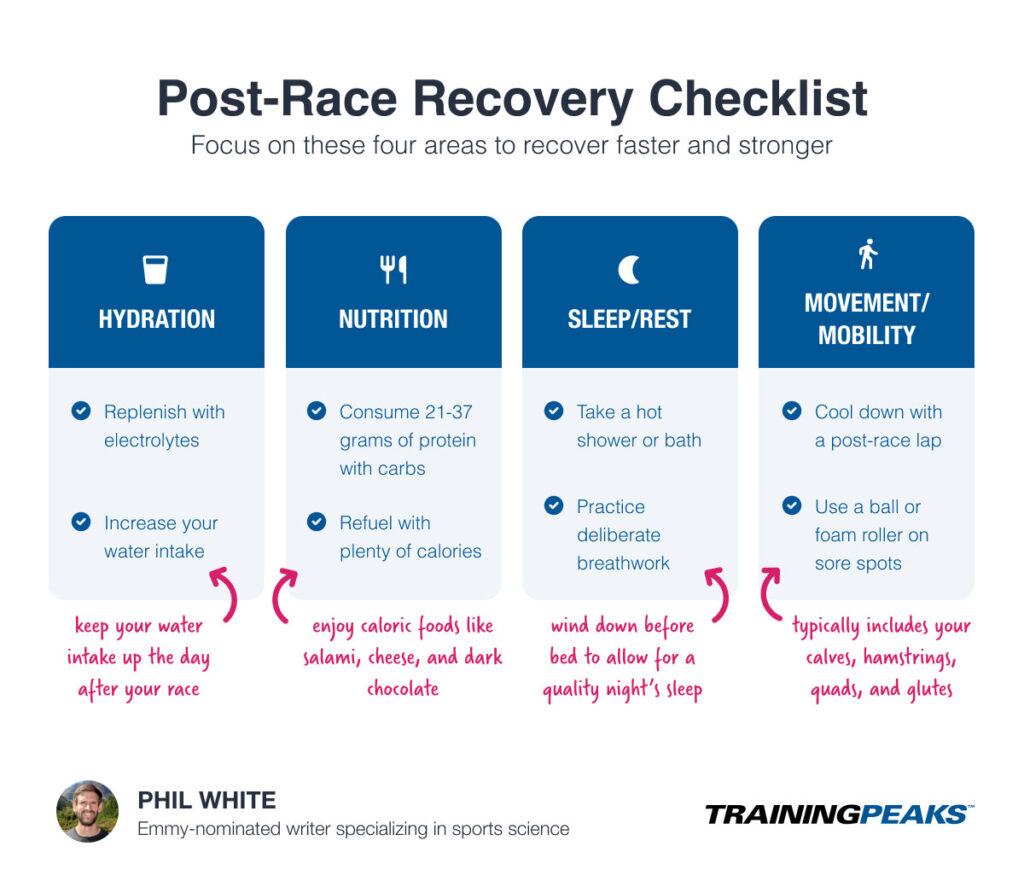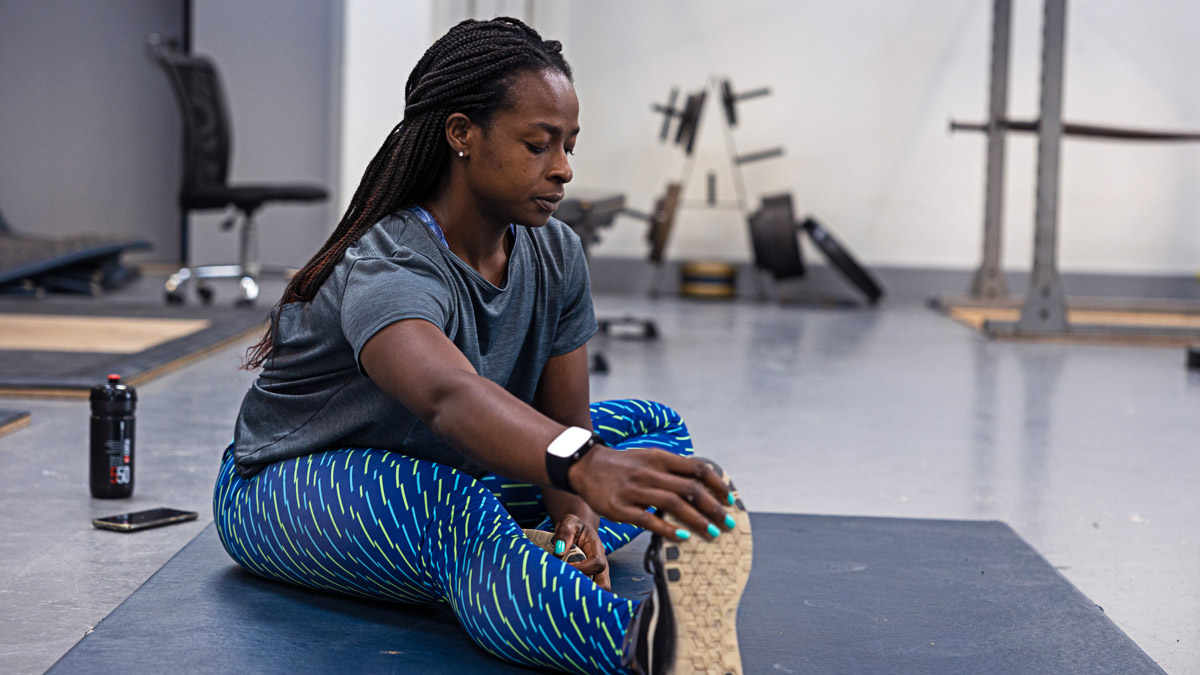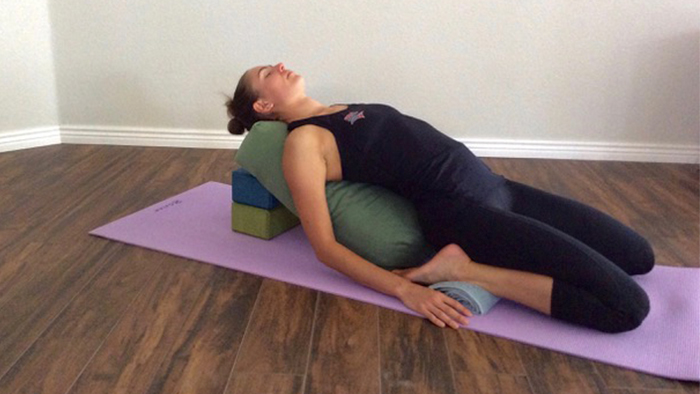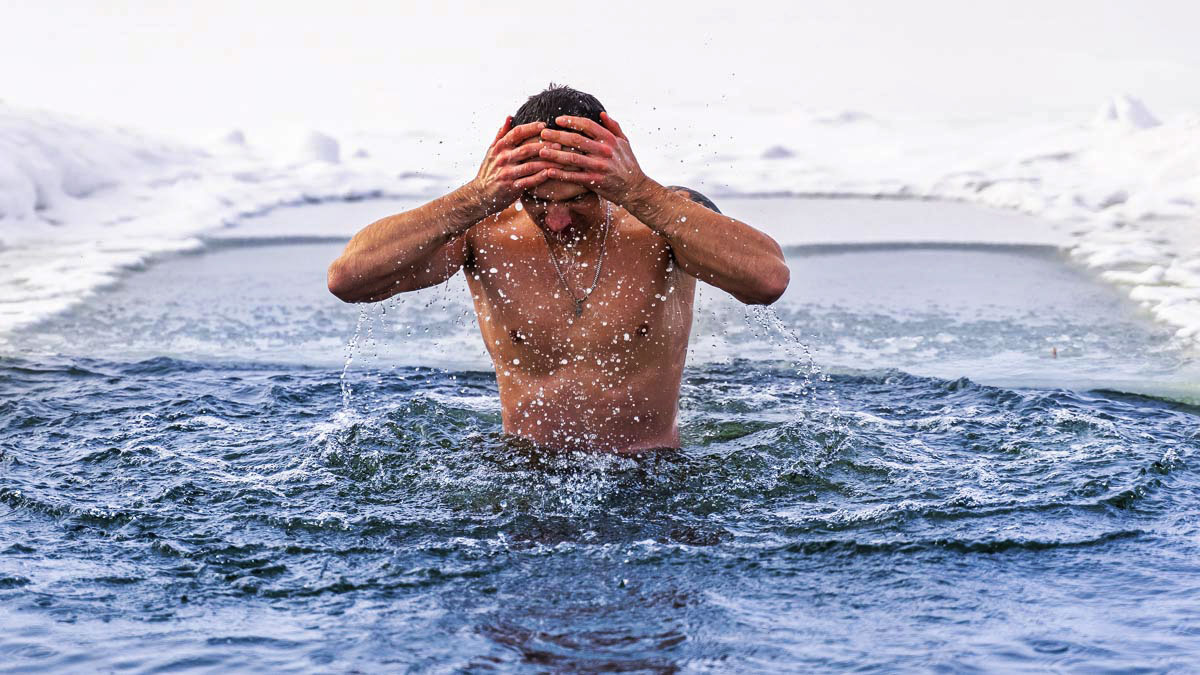Your main goal for any upcoming event could be reaching the finish line (particularly if it’s your first crack at a half or full marathon or your Ironman debut), qualifying for a major event, or breaking your PR for the distance. Yet while achieving any such aim is admirable and marks the culmination of weeks’ or months’ worth of work, the moment the race stops, you should start considering how to help your body bounce back strong. Here are four evidence-backed practices to implement in your post-race recovery plan.

1. Hydration
Even if you went into your event with your fluid levels topped up and executed your coach’s race plan to a tee, you’re still going to need to rehydrate as soon as possible afterward. This involves not only replacing the extra water that you lost to sweating but also putting back the electrolytes that were diminished along the way. Pre-made powders engineered specifically for this purpose provide the easiest win, though you should remember to avoid those with artificial ingredients and choose options that have gone through rigorous third-party quality and purity testing programs like NSF Certified for Sport® and Informed Sport.
If you want to stick to real whole foods as much as possible to increase your fluid intake, it’s worth noting that many fruits and vegetables are 90% water and so can be a great complement to whatever you drink to rehydrate once you’ve crossed the finish line. Frequent TrainingPeaks contributor and hydration expert Dr. Stacy Sims suggests salting watermelon, cantaloupe, and the like. Doing so will not only supplement the post-event liquids you drink but also put back some of the sodium you excreted via sweat on the course. Combining salt and the kind of carbs that fruit and veggies offer also helps fluids reach their optimal osmolality (aka, the state of peak absorption). You can add in other natural options to top off different electrolytes that might also be depleted. For example, bananas, avocados, and kiwis will supply potassium, while spinach, kale, and other leafy greens give you magnesium and calcium.
Going back to the main pillar of rehydration — drinking fluids — there has been much debate in the endurance community about whether fast or slow rehydration is a better strategy. To try and see which was better from a scientific standpoint, a research duo had one group of athletes drink 150% of the bodyweight loss they experienced during exercise within 45 minutes of finishing and another group consume the same amount spread over two hours and 45 minutes, with participants drinking either water or an electrolyte-rich sports drink. They concluded that while the latter improved hydration status, it made no difference whether the athletes drank fast or slow, though most seemed to find that drinking slowly was more comfortable. It’s worth noting that neither approach completely restored participants’ fluid levels, suggesting that to fully rehydrate after a race, you should make sure to continue drinking plenty that night and the next day.
Quick Tips:
- Rehydrate with both water and electrolyte-rich fluids.
- Add salt to your veggies to boost hydration and replenish the salt you lost from sweating.
- Keep hydrating the night of your race and the next day.
2. Nutrition
In addition to replenishing electrolytes after the race is over, you’ll also need to get sufficient macronutrients to help your body kickstart the repair process. A group of researchers from the kinesiology department at James Madison University examined the impact of protein supplementation during and after a marathon. Publishing their findings in Nutrients, they wrote that “measurable improvements in muscle soreness and energy/fatigue after the marathon were observed in the CP post group, who consumed 28 ± 9 g protein post-exercise. These findings provide some evidence that dietary recommendations to consume moderate amounts of protein post-exercise are appropriate for marathon runners to promote recovery.”
They went on to state that the post-race combo of 21 to 37 grams of protein plus carbs led to improved energy levels, reduced physical fatigue, and less soreness three days after the participants completed their marathon. While you can use a protein supplement for convenience — many companies now offer single-serving packets to dissolve in your water bottle — the test subjects ate real foods like peanut butter and jelly, Greek yogurt, and mozzarella cheese. Why include carbs with your post-race protein? Because they help replenish your muscles’ glycogen stores, which will have been depleted by the time you finish your event.
If you’ve just completed an ultramarathon, multi-day mountain event, or Ironman, you’ll likely find yourself in a large caloric deficit, no matter how dialed in your race-day nutrition strategy was. While you don’t need to join fellow competitors in an all-you-can-eat, anything-goes approach, you do need to take in some calorie-dense foods. This is the reason why climbers like Conrad Anker and Jimmy Chin take salami, cheese, and dark chocolate with them on expeditions like their ascent of Meru — all three are portable and provide a lot of calories due to their high fat content. In fact, fat offers nine calories per gram versus the four offered by protein and carbs. So be sure to include similar snacks in your post-race nutrition and also incorporate fat into your meals.
Quick Tips:
- Consume 21-37 grams of protein after your race.
- Add carbs to these protein-rich meals to help replenish your glycogen stores.
- Don’t be afraid to stock up on caloric, high-fat foods — like salami, cheese, and chocolate — to replenish your calorie deficit.
3. Sleep + Rest
If you want to recover as quickly and fully as possible, you’re going to need a long, high-quality night’s rest. While some competitors sleep like babies after an event, many others find it hard to drop off after a race is over. This is likely due to the rush of stress hormones like cortisol and adrenaline that course through their veins before and during the race, and the hyper-stimulation of the sympathetic (fight, flight, or freeze) nervous system that this causes, which can last for many hours afterward. Fortunately, there are some tried and true tactics you can use to wind your mind and body down. Something as simple as taking a hot shower can help or, to go one better, if you’re staying in a hotel before heading home, soaking in a hot tub (which will also help knead out any knots in your soft tissues).
Doing a little focused breathing can also be beneficial. Breathwork is a portable practice that you can perform anywhere and can help you calm down after your race as you prepare for restorative slumber. A trio of researchers published a study in the International Journal of Psychophysiology comparing two breathing techniques that previous research demonstrated as restoring balance to the autonomic nervous system. They found that taking five and a half-second inhales and exhales was the pattern that had the greatest positive impact on heart rate variability (HRV), which is a key indicator of autonomic nervous system (ANS) equilibrium. If you don’t want to time your breathing, precision is probably less important than the act of deliberately controlling and concentrating on your breath, as the researchers found that the other three protocols they evaluated also made participants feel less anxious and more relaxed. Though hard scientific evidence is scant, nasal breathing is thought to have numerous benefits — including improved cognition and a general calming effect — so try to breathe through your nose.
Quick Tips:
- Take a hot shower or soak before bed, then turn the thermostat down.
- Take some time before bed to practice deep breathing.
- Focus on breathing through your nose.
4. Movement + Mobility
When you see an Olympic runner taking a lap around the track after winning a medal, there’s something to be said for them celebrating their triumph and reveling in a sense of national pride with spectators from their country. But there’s also a physiological benefit to this slow jog — it helps their heart rate and blood pressure slowly come down and promotes circulation to all the muscles they’ve just taxed to the max. While you might not feel like jogging 400 meters in an oval after your own race, the point holds — it’s best to keep moving as much as you can, albeit slowly, if necessary.
Another post-race must is mobility work. It’s likely that you’ll be tight somewhere between your feet and hips, and maybe everywhere. In this case, it’s wise to mobilize sore spots and major muscle groups alike. Try rolling a soft ball underfoot to stop your dogs from barking, and then use a ball or roller on typically troublesome areas like your calves, hamstrings, quads, and glutes. Doing so will not only relieve excess stiffness in the soft tissues themselves but also feed much-needed slack into your ankle, knee, and hip joints. A team of Canadian and Australian exercise scientists investigated the impact of foam rolling as a recovery tool. They concluded that this kind of mobility work was “beneficial in attenuating muscle soreness while improving vertical jump height, muscle activation, and passive and dynamic ROM in comparison with control.”
Quick Tips:
- Take a cool-down lap after your race.
- Use a foam roller to relieve sore spots (particularly your calves, hamstrings, quads, and glutes).
- Roll a soft ball under your foot to loosen up your soles.
Honing in on Your Own Post-Race Recovery Routine
There are a lot of articles and podcast episodes out there claiming to have nailed the perfect formula for post-race training, but studies suggest that this is highly individualized and should largely depend on how you feel and what you and your coach decide is best with upcoming events and training blocks in mind. From a purely physiological perspective, it doesn’t take very long for your body to recover from even longer and more intense races at the cellular level. A study published in Frontiers in Physiology found that the levels of hormones GDF-15, BDNF, and FGF-21 returned to normal within 24 hours of runners finishing a marathon, while muscle damage markers like IL-6, IL-8, MCP-1, and IL-10 went back to baseline within three days.
The takeaway? You’re not going to damage yourself with some light activity as early as the day after the race because your body is quick to repair itself. This isn’t to say that you should jump right back into hard training, but rather that you can do anything from a calming walk to a slow and short steady-state session as soon as you feel like it. As ever, if you feel like you’re going too hard or fast, then stop or back off a bit.
Just like with training, recovery isn’t an exact science but more of an art. Try starting with the four tips above, and then as you get to know how you best respond to certain hydration, nutrition, sleep, and movement/mobility practices, tweak your approach until you’ve got a dialed-in post-race recovery routine.
References
De Sousa, C.A.Z. et al. (2021, October 15). Time Course and Role of Exercise-Induced Cytokines in Muscle Damage and Repair After a Marathon Race. Retrieved from https://www.frontiersin.org/articles/10.3389/fphys.2021.752144/full
Lin, I.M. et al. (2013, December 28). Breathing at a rate of 5.5 breaths per minute with equal inhalation-to-exhalation ratio increases heart rate variability. Retrieved from https://pubmed.ncbi.nlm.nih.gov/24380741/
Macdonald, G.Z. et al. (2014, January). Foam rolling as a recovery tool after an intense bout of physical activity. Retrieved from https://pubmed.ncbi.nlm.nih.gov/24343353/
Reynolds, G. (2018, November 20). Breathing Through the Nose May Offer Unique Brain Benefits. Retrieved from https://www.nytimes.com/2018/11/20/well/mind/breathing-through-the-nose-may-offer-unique-brain-benefits.html
Saunders, M.J. et al. (2018, March 10). Protein Supplementation During or Following a Marathon Run Influences Post-Exercise Recovery. Retrieved from https://www.ncbi.nlm.nih.gov/pmc/articles/PMC5872751
Soto, M.dL.M. & Aragón-Vargas, L.F. (2009, January). Post-Exercise Rehydration Strategies: Rate of Fluid Intake and Beverage Type. Retrieved from https://www.researchgate.net/publication/256487263_Post-Exercise_Rehydration_Strategies_Rate_of_Fluid_Intake_and_Beverage_Type







